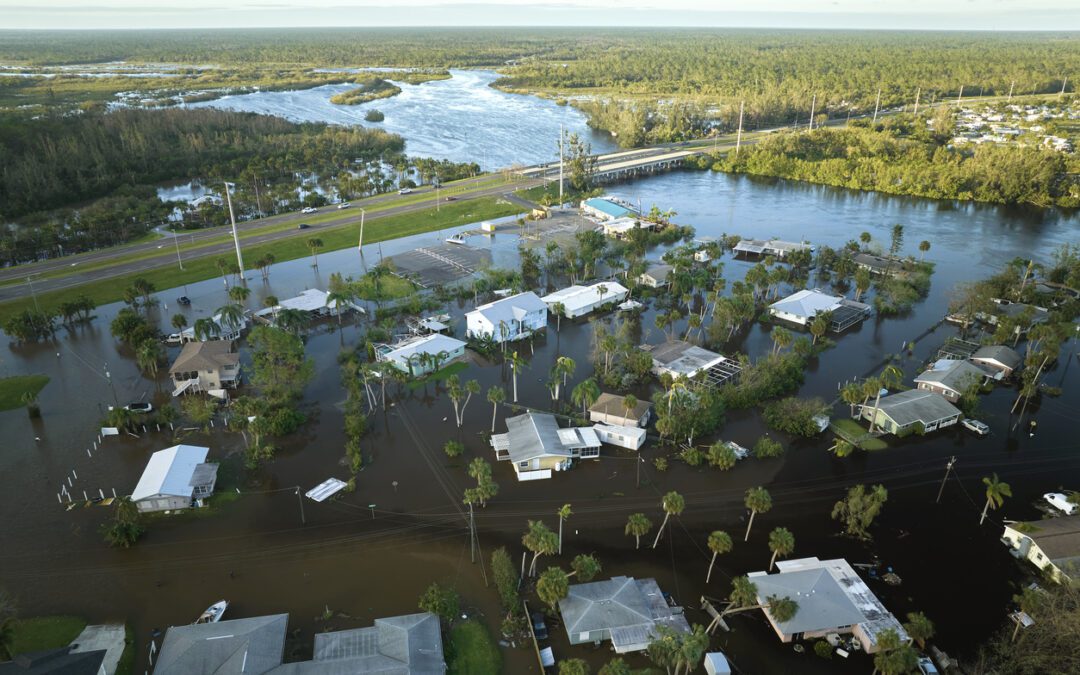Living in Central Texas, we’re no strangers to the unpredictability of weather patterns, especially when it comes to flooding. From Austin to Hutto, Georgetown, and beyond, our region is prone to flash floods and heavy rainfall that can wreak havoc on homes and communities. In this blog post, we’ll explore the frequency of flooding in Central Texas and offer essential tips on how to stay safe and prepared in the event of a flood.
Understanding Flood Frequency: Central Texas experiences a range of flooding events, from minor localized flooding to more severe flash floods and riverine flooding. Factors such as topography, urbanization, and climate variability contribute to the frequency and intensity of floods in our region. Areas near water bodies, low-lying areas, and floodplains are particularly susceptible to flooding.
Frequency of Flood Events: In recent years, Central Texas has witnessed an increase in the frequency and severity of flood events. According to historical data, flash floods occur several times a year, often during periods of intense thunderstorms and heavy rainfall. Riverine flooding, primarily along the Colorado River and its tributaries, occurs less frequently but can result in significant damage during extreme weather events.
What to Do in Case of a Flood:
- Stay Informed: Monitor weather forecasts and stay alert to flood warnings and advisories issued by local authorities.
- Create a Flood Emergency Plan: Develop a comprehensive flood emergency plan for your household, including evacuation routes, emergency contacts, and essential supplies.
- Protect Your Property: Take proactive measures to protect your property from flood damage, such as installing flood barriers, elevating utilities, and securing valuable belongings.
- Evacuate if Necessary: If authorities recommend evacuation, follow their instructions promptly and evacuate to a safe location.
- Avoid Floodwaters: Avoid walking or driving through floodwaters, as they may be deeper and swifter than they appear, and could contain debris or contaminants.
- Seek Higher Ground: Move to higher ground if you are in a low-lying area prone to flooding, and wait for emergency assistance if necessary.
Floods are a natural hazard that Central Texas residents must be prepared to face. By understanding the frequency of flood events in our region and taking proactive measures to stay safe and prepared, we can minimize the impact of floods on our homes and communities. Remember, safety should always be the top priority in the event of a flood. Stay informed, stay prepared, and stay safe.

